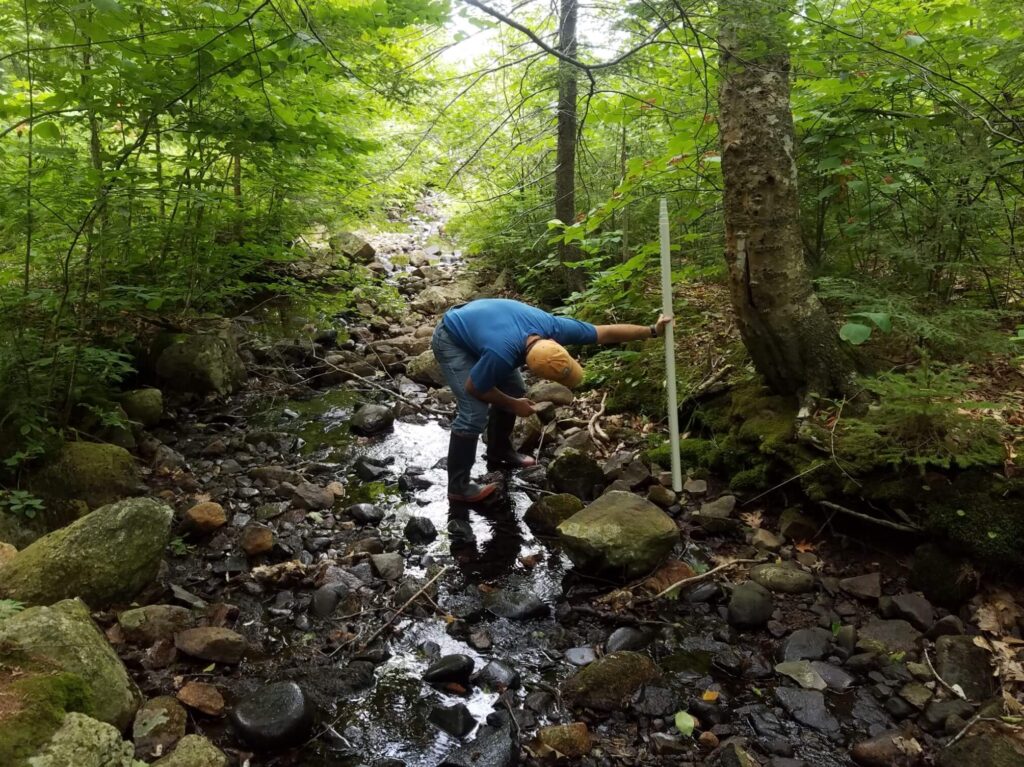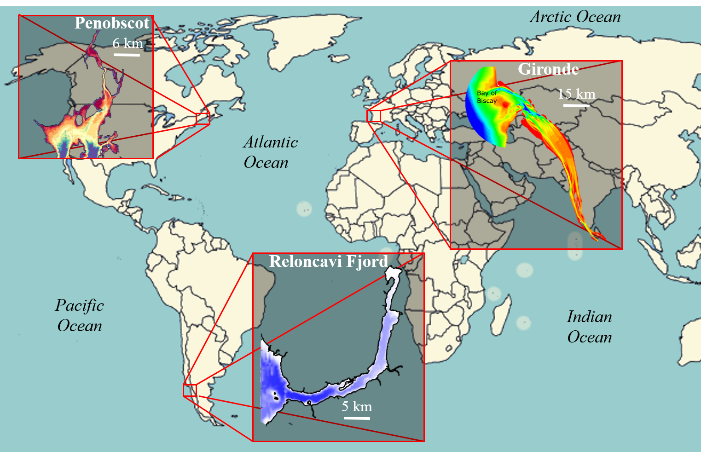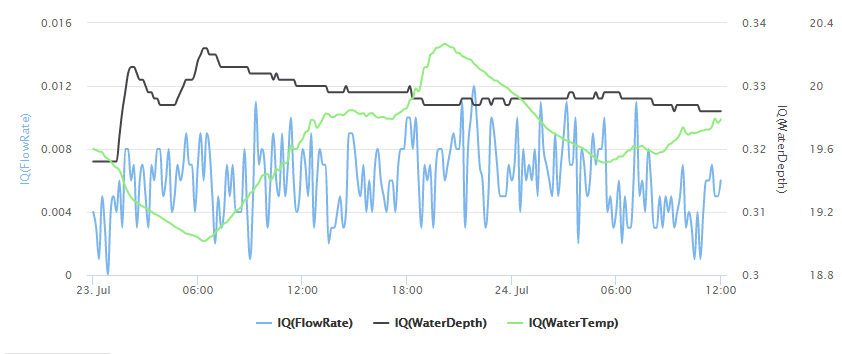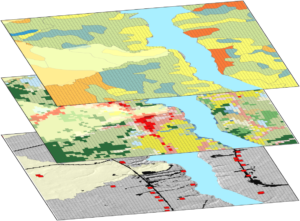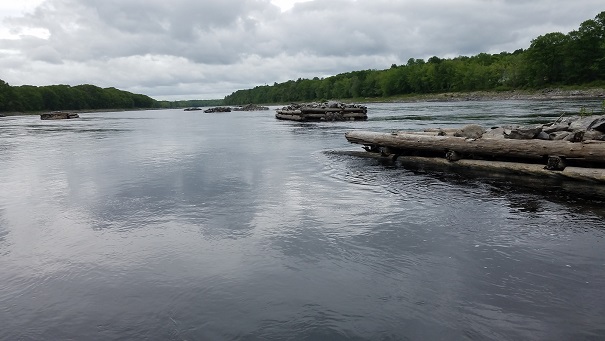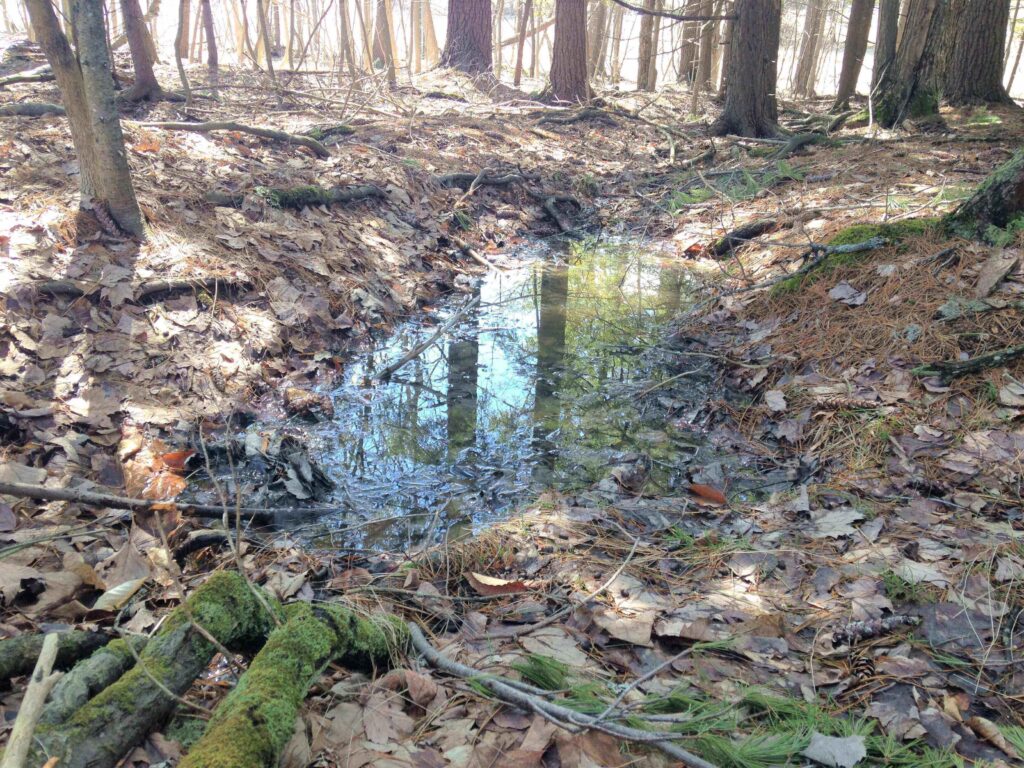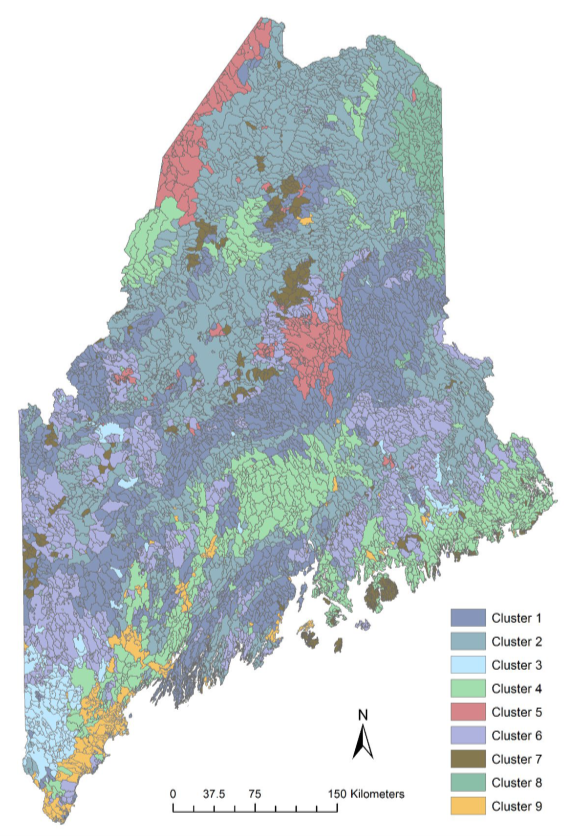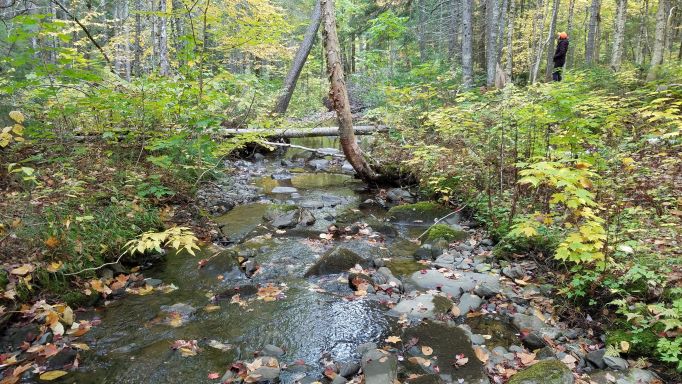Research
WPES members are involved in collaborative research and natural resource management projects inspired by the need for science-based, stakeholder-guided solutions to modern watershed, lake, river, stream, and coastal estuary problems. Our research typically centers on identifying and quantifying watershed and estuary characteristics and the processes that affect their dynamics.
A major goal of our research is to develop new types of information and management decision tools that can be used by natural resource managers, engineers, public safety and health professionals, and communities. To accomplish this, WPES projects draw on expertise from various disciplines, including geomorphology, hydrology, biology, sociology, and civil engineering. Given the stakeholder motivations for much of our work, we put substantial effort into science communication.
Use the dropdowns below to learn more about the topics and projects we have been working on here in Maine and around the world, beginning at the coast and working upstream to the headwaters.
Estuaries and Coasts
Complex dynamics where fresh and salt water meet in tidal estuaries govern the movement of waterborne pollution that poses ecological, economic, and cultural challenges, including threats to the state’s important coastal shellfisheries.
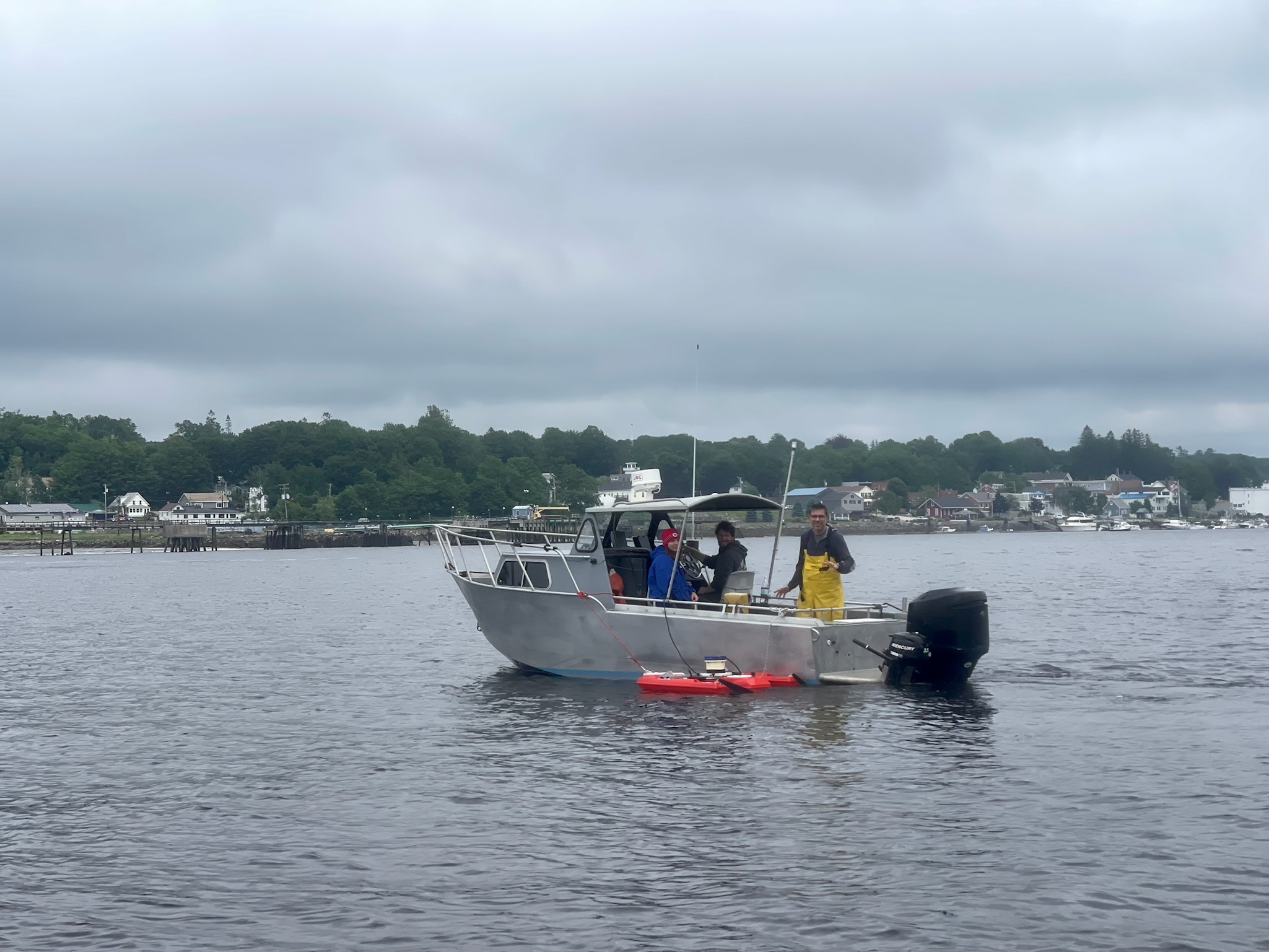
River Forms, Flows, and Dynamics
River systems are the arteries of the ecosystem, transporting fresh water, sediment, and other constituents from headwater streams to coastal estuaries.
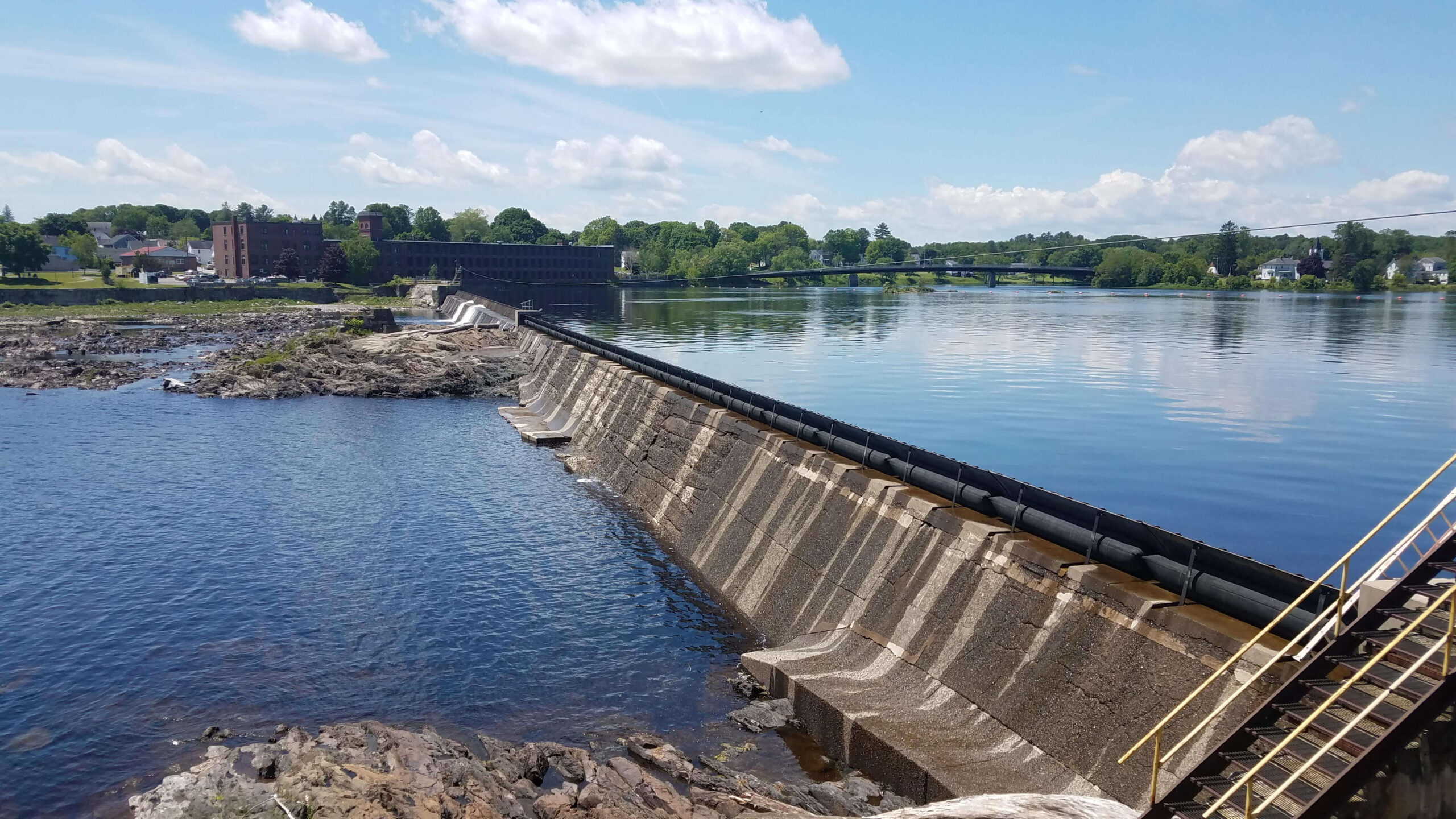
Headwater Processes and Practices
Everything begins in the headwaters, where the patterns of precipitation runoff from the landscape into small channels shape the water and sediment budgets of the larger rivers downstream.
